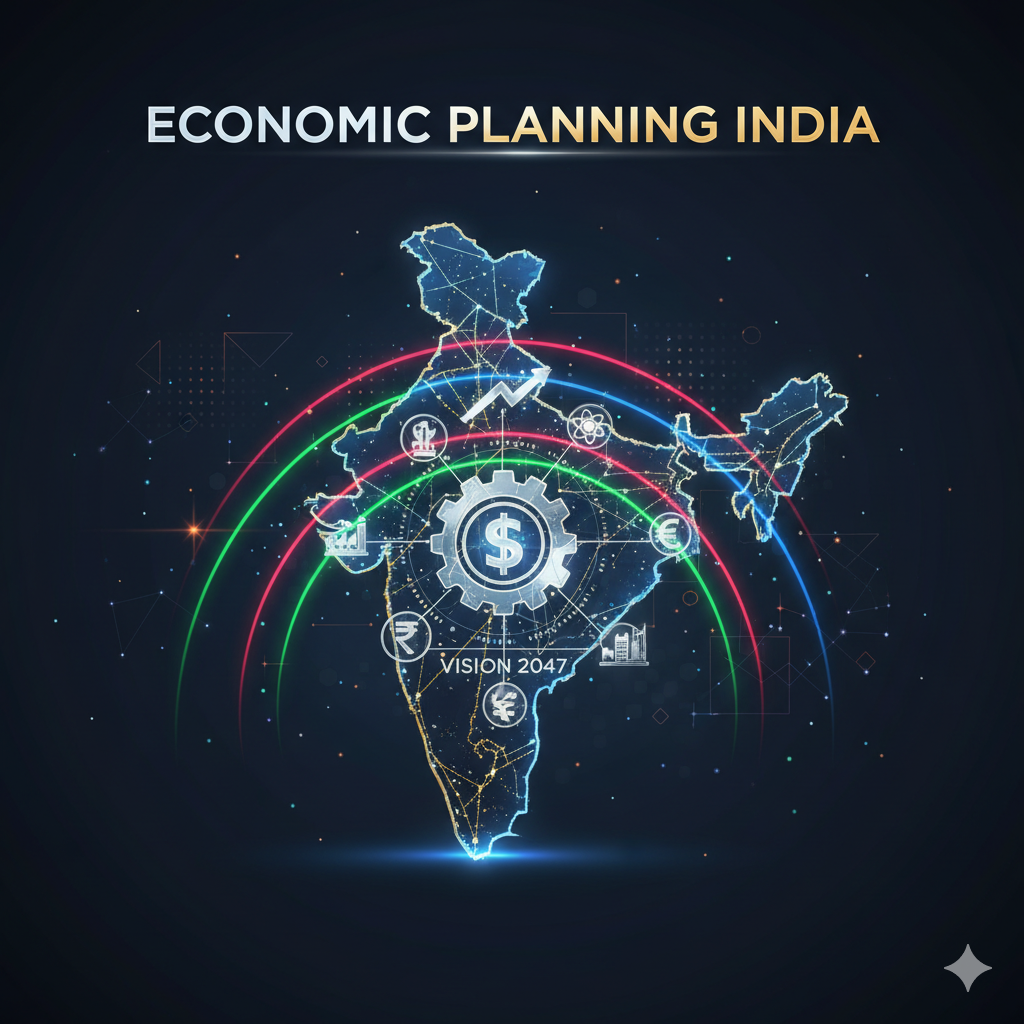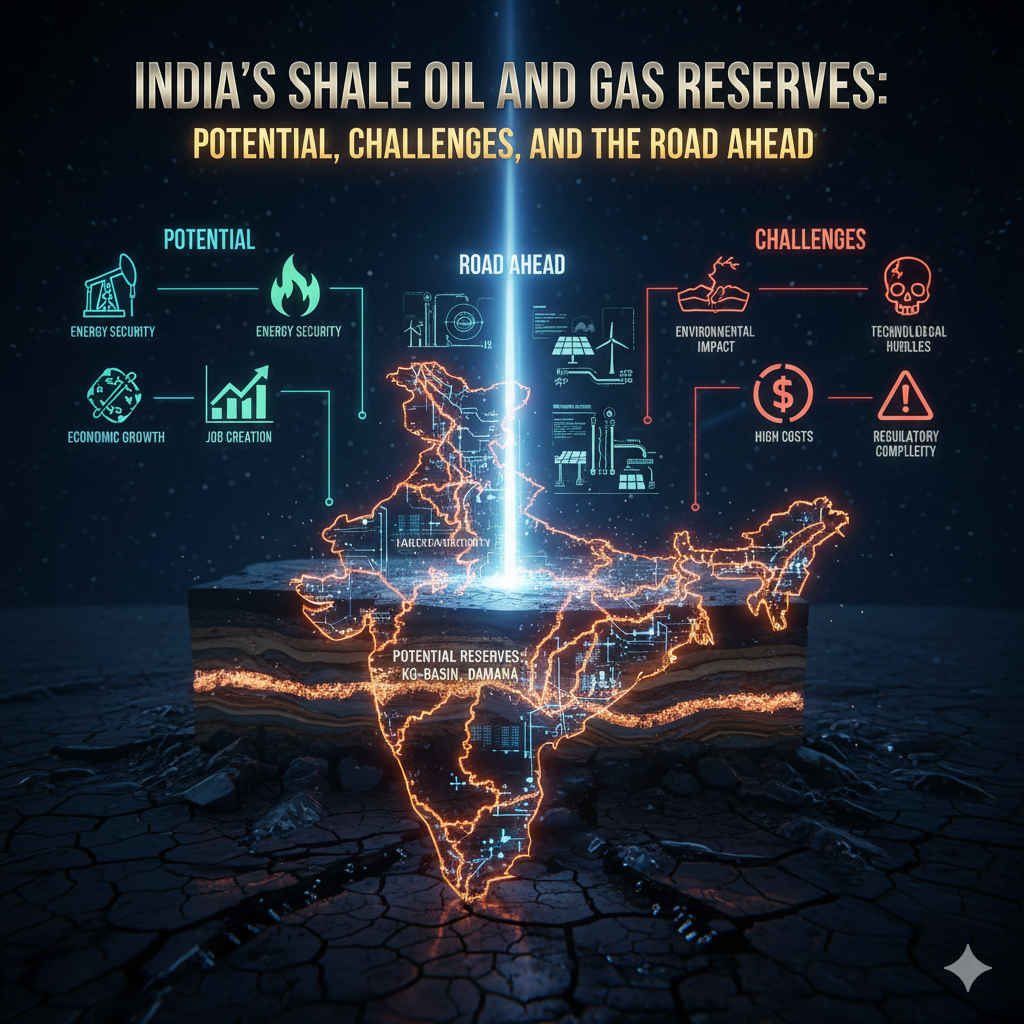Introduction
The monsoon climate is one of the most distinctive climatic systems in the world, marked by seasonal reversal of winds, distinct wet and dry periods, and high rainfall intensity. It plays a crucial role in sustaining the agriculture, economy, and livelihoods of over 50% of the world’s population residing in Monsoon Asia, which includes countries like India, Bangladesh, Pakistan, Nepal, Bhutan, Sri Lanka, Myanmar, Thailand, Vietnam, and parts of China and the Philippines.
The monsoon is not just a meteorological phenomenon; it is a lifeline for agriculture, water resources, and food security in Asia. Understanding its characteristics, regional variations, and impacts is essential to comprehend why Monsoon Asia has historically been an agricultural powerhouse and why it remains crucial for global food production.
1. Defining Monsoon Climate
1.1 Concept and Mechanism
- The term “monsoon” is derived from the Arabic word “mausim,” meaning season.
- Monsoon climate is primarily characterized by seasonal winds that reverse direction between summer and winter, leading to distinct wet (rainy) and dry seasons.
- Summer monsoon: Warm air from oceans brings moisture-laden winds, resulting in heavy rainfall.
- Winter monsoon: Cold, dry winds blow from land to ocean, causing a dry season.
1.2 Geographical Extent
- Monsoon climate extends across South Asia, Southeast Asia, parts of East Asia, and some regions of West Asia.
- Major rivers like Ganga, Brahmaputra, Mekong, Yangtze, and Irrawaddy are fed by monsoon rainfall.
2. Key Characteristics of Monsoon Climate
2.1 Seasonal Reversal of Winds
- Monsoon climate is unique due to the reversal of prevailing wind direction:
- Summer: Winds blow from ocean to land, bringing rainfall.
- Winter: Winds blow from land to ocean, causing dry conditions.
- This reversal is driven by differential heating of land and sea.
2.2 Distinct Wet and Dry Seasons
- Wet season (monsoon months): Heavy rainfall due to onshore winds and convectional activity.
- Dry season (winter months): Minimal precipitation due to offshore, dry winds.
- This seasonal distribution is critical for agricultural planning and water resource management.
2.3 High Annual Rainfall
- Monsoon regions receive 800–4000 mm of rainfall annually, depending on topography and latitude.
- Western Ghats, Assam, and northeastern India receive exceptionally high rainfall due to orographic lift.
- High rainfall ensures abundant surface water, river flow, and groundwater recharge, supporting agriculture and industry.
2.4 Variability and Unpredictability
- Monsoon rainfall varies spatially and temporally:
- Spatial: Coastal areas receive more rainfall than inland plains.
- Temporal: Early or delayed monsoon onset can affect crop cycles.
- Monsoon failures or excessive rainfall can lead to droughts, floods, and crop loss, highlighting the need for adaptive agricultural practices.
2.5 Influence of Topography
- Mountain ranges and plateaus modify rainfall patterns:
- Himalayas: Create a rain shadow effect on northern India.
- Western Ghats and Northeastern Hills: Cause heavy orographic rainfall.
- Rivers fed by monsoon precipitation sustain floodplains and delta regions, which are highly fertile.
2.6 Temperature Characteristics
- Monsoon regions experience high temperature variation between summer and winter:
- Summer: 25–35°C, promoting convectional rainfall.
- Winter: Cooler and dry, allowing for post-monsoon crop cycles.
- Temperature influences crop selection, growing season, and evapotranspiration rates.
2.7 Humidity Patterns
- Summer monsoon brings high humidity (>70%), supporting growth of water-intensive crops like rice and sugarcane.
- Winter season has low humidity, suitable for rabi crops like wheat, pulses, and oilseeds.
2.8 Cyclones and Rainfall Extremes
- Coastal regions in monsoon Asia are prone to tropical cyclones, especially in the Bay of Bengal and South China Sea.
- While cyclones can cause destruction, they also contribute to excess rainfall, river recharge, and sediment deposition in deltaic areas.
3. Role of Monsoon Climate in Agriculture
3.1 Irrigation and Water Supply
- Monsoon rainfall replenishes rivers, lakes, and groundwater, forming the backbone of irrigation systems.
- Major irrigation projects in India, Bangladesh, Vietnam, and Thailand rely on monsoon-fed reservoirs.
- Examples: Ganga Canal, Bhakra Nangal Project, Mekong Delta irrigation systems.
3.2 Supporting Rice Cultivation
- Rice, a staple in Monsoon Asia, requires abundant water and thrives in monsoon conditions.
- Regions with sufficient rainfall and floodplains produce multiple crops annually.
- Monsoon rainfall ensures food security for over 50% of the world population in the region.
3.3 Fertility Enhancement
- Flooding and rainfall deposit alluvial silt, enhancing soil fertility in river valleys.
- Deltas of Ganga-Brahmaputra, Mekong, and Irrawaddy are highly productive due to monsoon-fed sediment deposition.
3.4 Crop Diversity
- Monsoon climate supports multiple cropping patterns:
- Kharif crops (summer monsoon): Rice, maize, millet, cotton, sugarcane.
- Rabi crops (winter dry season): Wheat, barley, pulses, oilseeds.
- The seasonal rhythm allows continuous food production, reducing dependency on imports.
3.5 Livelihoods and Economy
- Agriculture employs more than 50% of the population in South and Southeast Asia.
- Monsoon rainfall supports fisheries, livestock, and aquaculture, adding to rural incomes.
- Monsoon-fed agriculture underpins regional trade and food exports, contributing to economic stability.
4. Monsoon Climate and Water Resource Management
4.1 Reservoirs and Dams
- Monsoon rains allow construction of multi-purpose dams: irrigation, hydropower, flood control.
- Examples: Tehri Dam, Sardar Sarovar, Chao Phraya Basin dams.
4.2 Flood Management and Soil Conservation
- Seasonal floods recharge groundwater and deposit fertile silt.
- Controlled flooding ensures sustainable soil fertility and prevents land degradation.
4.3 Inland Navigation
- Monsoon rivers facilitate inland waterways navigation during wet season.
- National Waterways in India and river transport in Mekong Delta demonstrate economic benefits of monsoon rivers.
4.4 Recharge of Aquifers
- Heavy monsoon rainfall infiltrates groundwater aquifers, essential for dry-season irrigation.
- India’s Indira Gandhi Canal and recharge wells exemplify this approach.
5. Challenges of Monsoon Climate
5.1 Variability and Uncertainty
- Delayed or erratic monsoon leads to drought and crop failures.
- Excessive rainfall causes floods, soil erosion, and loss of standing crops.
5.2 Climate Change Impacts
- Rising temperatures alter monsoon patterns, intensifying extreme rainfall events and prolonged dry spells.
- Glacier retreat in Himalayas affects summer monsoon flow, impacting river discharge and irrigation.
5.3 Socio-Economic Vulnerability
- Smallholder farmers in Monsoon Asia are vulnerable to monsoon failure, affecting food security and rural livelihoods.
- Urban areas also face flooding, waterlogging, and sanitation challenges.
6. Adaptation Strategies
6.1 Rainwater Harvesting
- Storing monsoon water in tanks, ponds, and reservoirs ensures year-round irrigation.
6.2 Crop Diversification
- Planting flood-tolerant and drought-resistant varieties reduces risk.
- Multiple cropping allows efficient use of monsoon rains.
6.3 Integrated Water Resource Management
- Coordinated planning of dams, canals, groundwater, and river basins optimizes monsoon water use.
6.4 Climate-Resilient Agriculture
- Early warning systems, irrigation scheduling, and precision farming help cope with variability.
7. Case Studies
7.1 India
- Ganga-Brahmaputra-Meghna basin supports rice, wheat, sugarcane, and pulses.
- Monsoon-fed irrigation projects like Bansagar and Sardar Sarovar ensure water for millions of hectares.
7.2 Mekong Delta, Vietnam
- Seasonal monsoon floods maintain fertility, fish production, and rice cultivation, feeding millions locally and globally.
7.3 Bangladesh
- Monsoon rivers flood the deltaic plains, providing fertile silt for agriculture but requiring flood management infrastructure for protection.
8. Conclusion
The monsoon climate is an intricate balance of rainfall, temperature, wind, and topography, which enables Monsoon Asia to feed more than half of the world’s population residing in the region. Its key characteristics—seasonal wind reversal, distinct wet and dry periods, high rainfall, fertile floodplains, and temperature-humidity patterns—are central to sustaining agriculture, livelihoods, and water resources.
While variability and climate change pose challenges, technological interventions, integrated water management, and adaptive farming practices can ensure that the monsoon continues to remain a lifeline for food security, economic stability, and sustainable development in Asia.
Monsoon climate, thus, is not merely a weather pattern—it is a cornerstone of civilization, agriculture, and economic prosperity in Asia.




